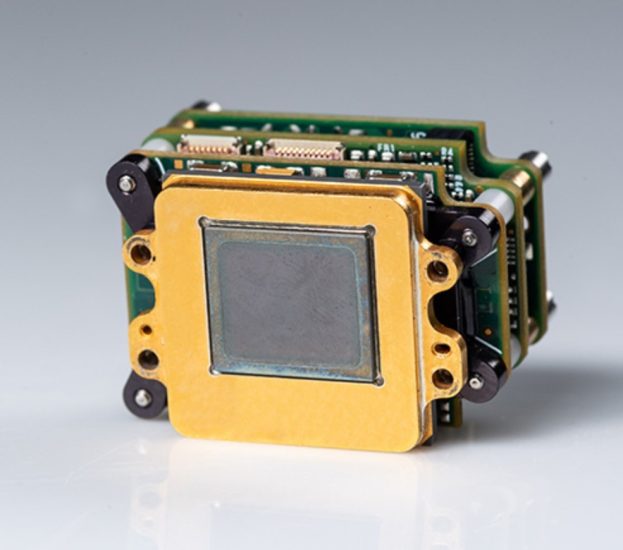BAE Systems has announced that its TWV640 thermal camera core, designed for a range of thermal imaging applications, including defence and security, will now benefit from additional, enhanced capabilities. The technology is already in use in a wide range of surveillance, security, C4ISR and firefighting vision systems, among others.
Developed and manufactured at the company’s Austin, TX facilities, the camera is powered by the Athena 640 focal plane array, an uncooled long-wave IR (LWIR) microbolometer. Upgraded features include:
- Contrast enhancement for improved image detail;
- Patent-pending spotlight mode for ‘picture-in-picture’ functionality with no degradation of overall sharpness;
- Field pixel kill to automatically substitute degraded pixels;
- Improved Noise Equivalent Temperature Difference (NETD) for improved accuracy in identification of threats in degraded environments and/or long range.
The combination of these improvements allows for greater flexibility in optimising images and identifying threats at range that may only be a few pixels large – invaluable functionality for security and military applications, for example. “By further enhancing our imaging technology, we are continuing to provide our customers in the US and abroad the superior imagery and customisable features they expect from BAE Systems,” said Robyn Decker, Director of Sensor Solutions at BAE Systems.
The 640×480 thermal camera core was the first commercially available uncooled device using 12-micron pixels as opposed to the standard 17-micron focal plane.
For more information: www.baesystems.com
(Image: The TWV640 offers greater discrimination and flexibility for customising images at long ranges. Credit: BAE Systems)




